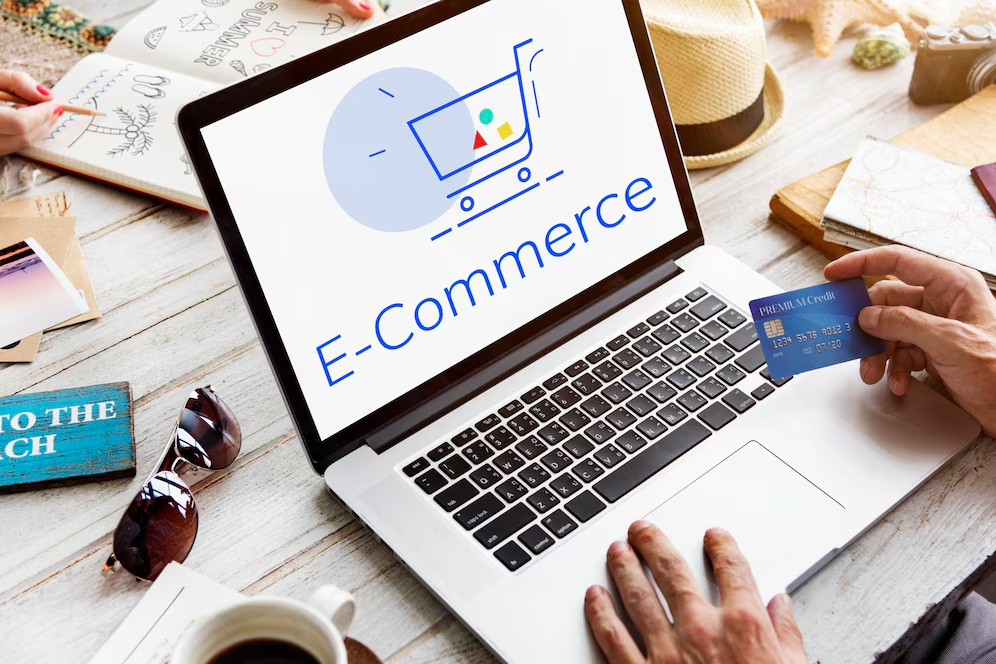What is e-commerce?
E-commerce is a platform where products are sold online. Yes, every person can buy any product through the online platform or get home delivery. Through online marketing, you can also save your money or return your product if you do not like any product. In e-commerce you can get any product easily or buy it at low cost.
Types of e-commerce
B2B:- In B2B, the customer does not buy the products from you, in this the company buys the products from you, which is sometimes in high quantity, which is called B2B.
B2C:- In B2C the customer side can buy his products. Which can be removed from many online platforms like Flipkart, Amazon etc.
C2C:- In C2C, customer to customer goods are sold and this business has no role. This customer can buy any item as per his wish or can set the price as per his own calculation.
C2B:- C2B In this, the customer is a trader between the businesses, in which the customer provides his services to the business, such as freelancing.
Key E-Commerce
Mobile Commerce:- These customers buy products using mobile, this process seems to be quite easy or fast. Another advantage is that the customer finds this process effortless.
Social Commerce:- In social commerce, the customer can also do shopping through your website by visiting his website such as Facebook, Insta, etc. which helps in understanding the customer.
Subscription Services:- In this, customers have to take a subscription in which they have to pay money on monthly and yearly basis which is available on Netflix, Amazon Prime etc.
AI and Personalization:- With its use, it becomes easier to understand the customer as we get user experience from the past while shopping, we are shown products related to it so that we can purchase it.

Benefits of E-Commerce
Global Market Reach:- This means giving international growth to your business so that you can sell more and more or customers trust you like Amazon, Flipkart. The more reach this business gets, the more it sells and the more goodwill the brand gets.
Cost-Effective:- This means providing the best products to your customers at the lowest price so that you do not incur any loss or can also fulfill the customer’s needs. It has been seen that all the companies keep coming up with new methods which are more effective.
Convenience for Consumers:- In this, it is kept in mind that the customer does not face any problem while shopping and he can shop according to his location.
Challenges in E-Commerce
Logistics and Delivery:- This is the process by which my online products reach the customer safely or timely, whereas the process is quite lengthy like managing inventory or doing shopping and then delivery. You must reed information traptip.com.
Cybersecurity:- In this, customer data and financial data have to be secured and cyber threats have to be protected so that the customer remains trusted.
Competition:- In order to grow more than their competitors, they always bring attractive products to the customers so that they can attract the customers or make them make easy purchases or beat their competitors.
Customer Trust:- This means that the customer is assured that his payment will not go wrong or he will give up the payment. It is very important to build trust in businesses otherwise customers do not make online payments.
Returns and Refunds:- This means that if a customer returns a purchased product for any reason, the money is refunded because it may happen that the customer did not find the product effective or is not satisfied with it.
Conclusion
E-commerce is a good online platform for shopping, we get good products and also save time. Customers can buy their products anywhere as per their convenience without the need to visit the store. Online marketing also gives the option of doing cash delivery or online payment which makes the customer very effective.




